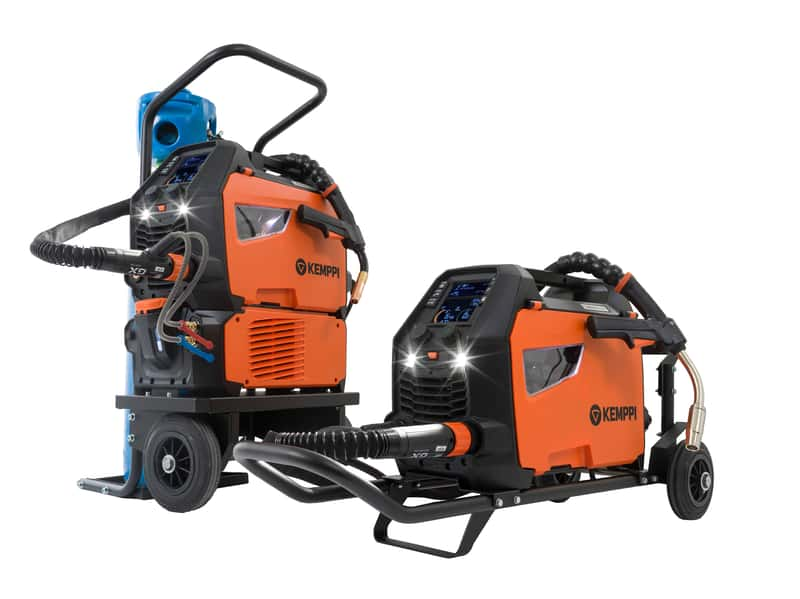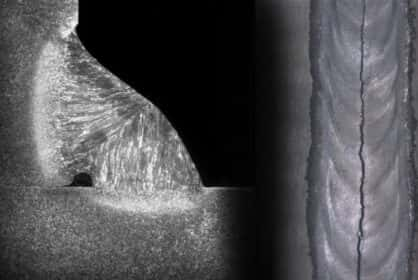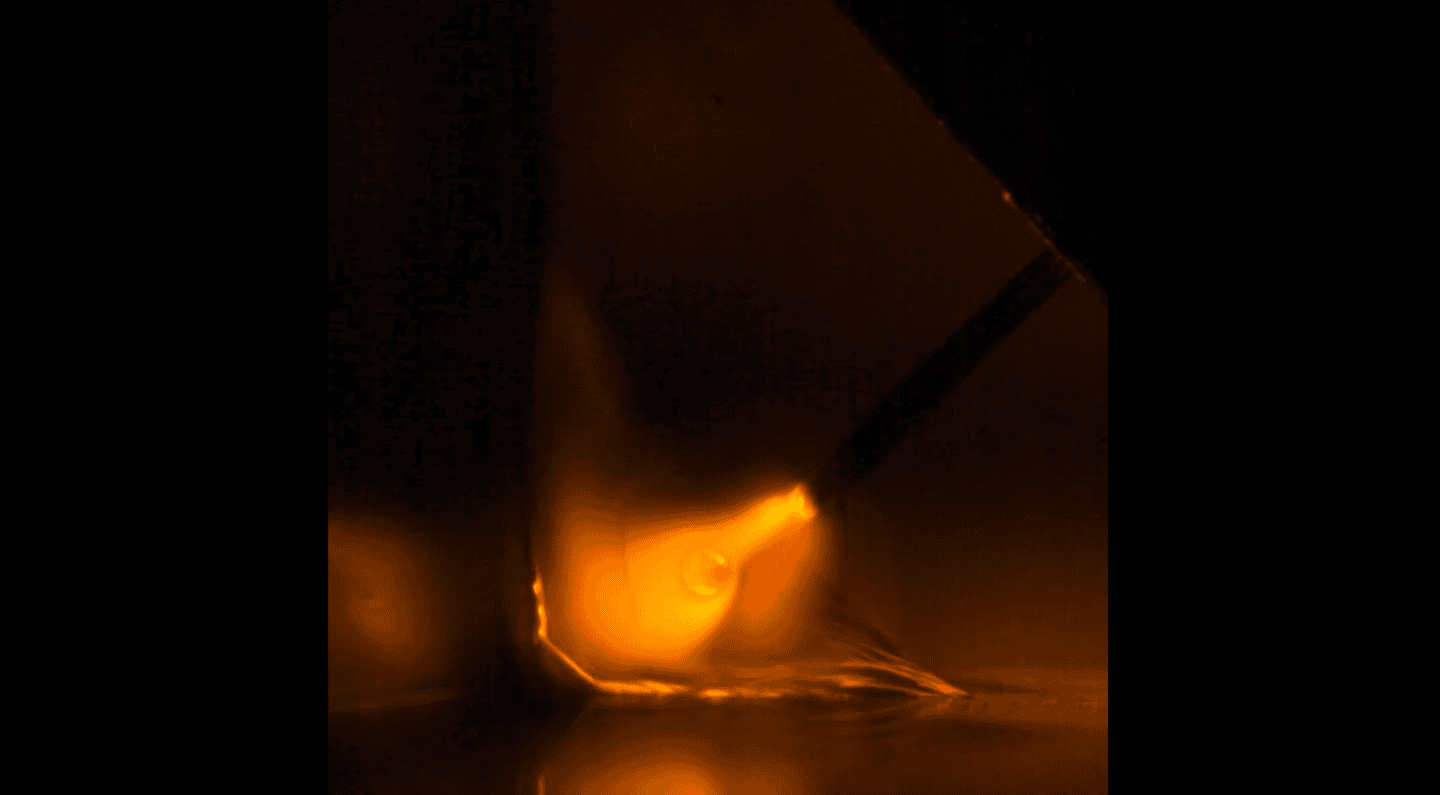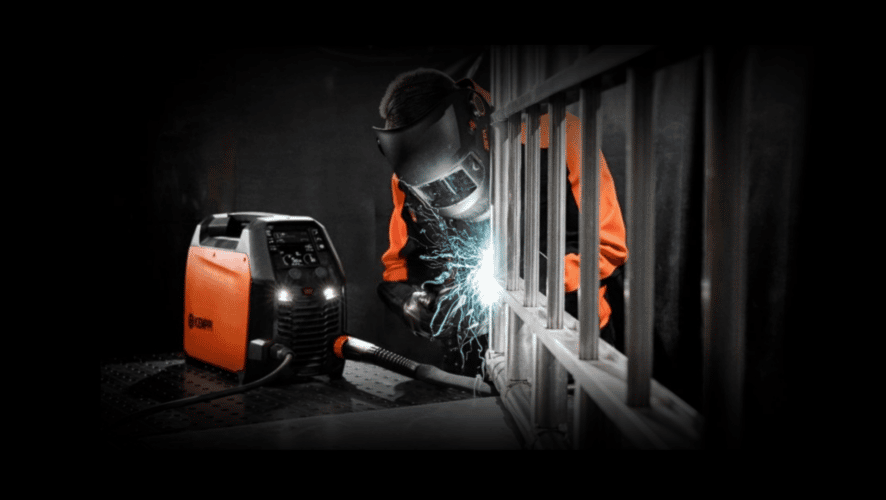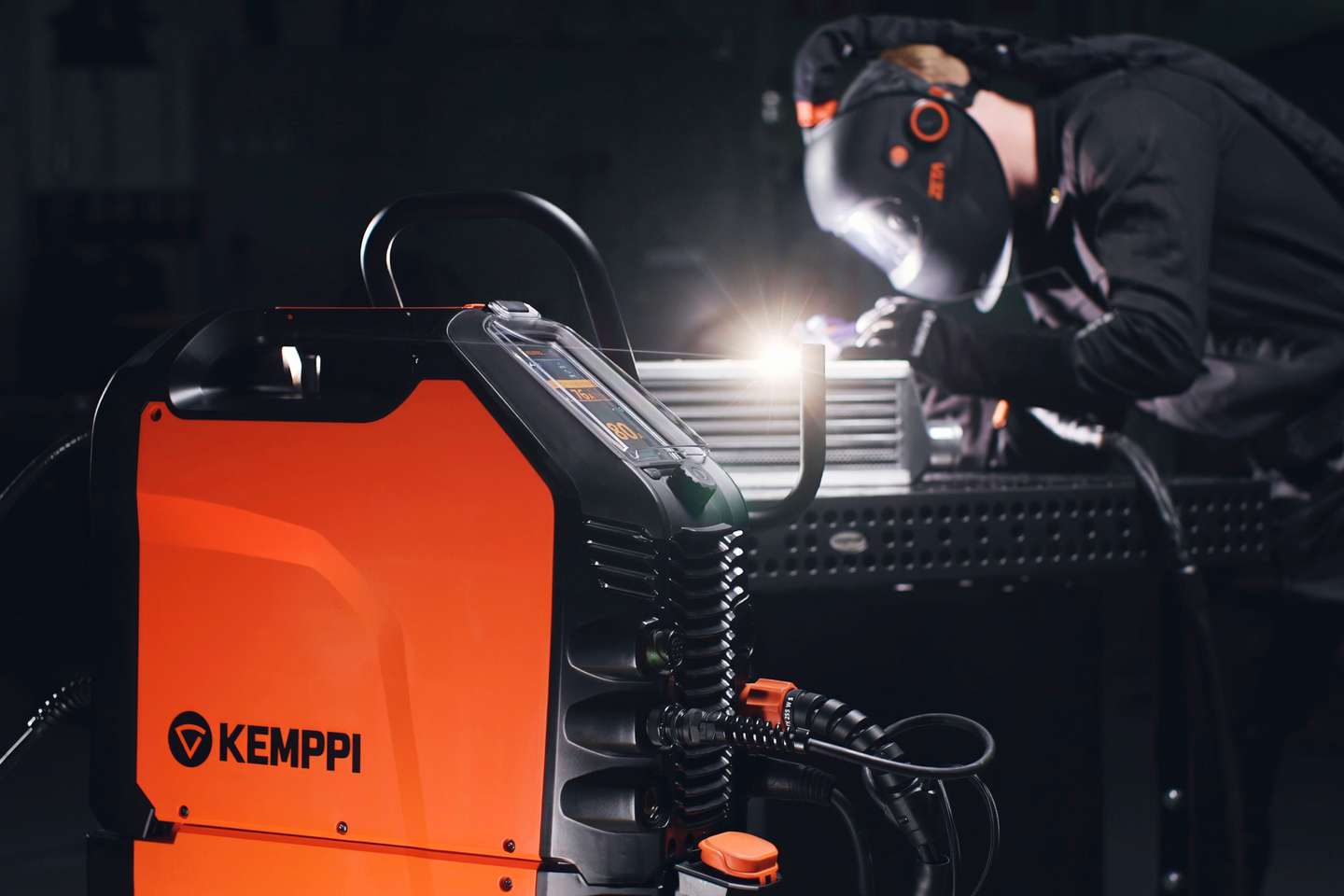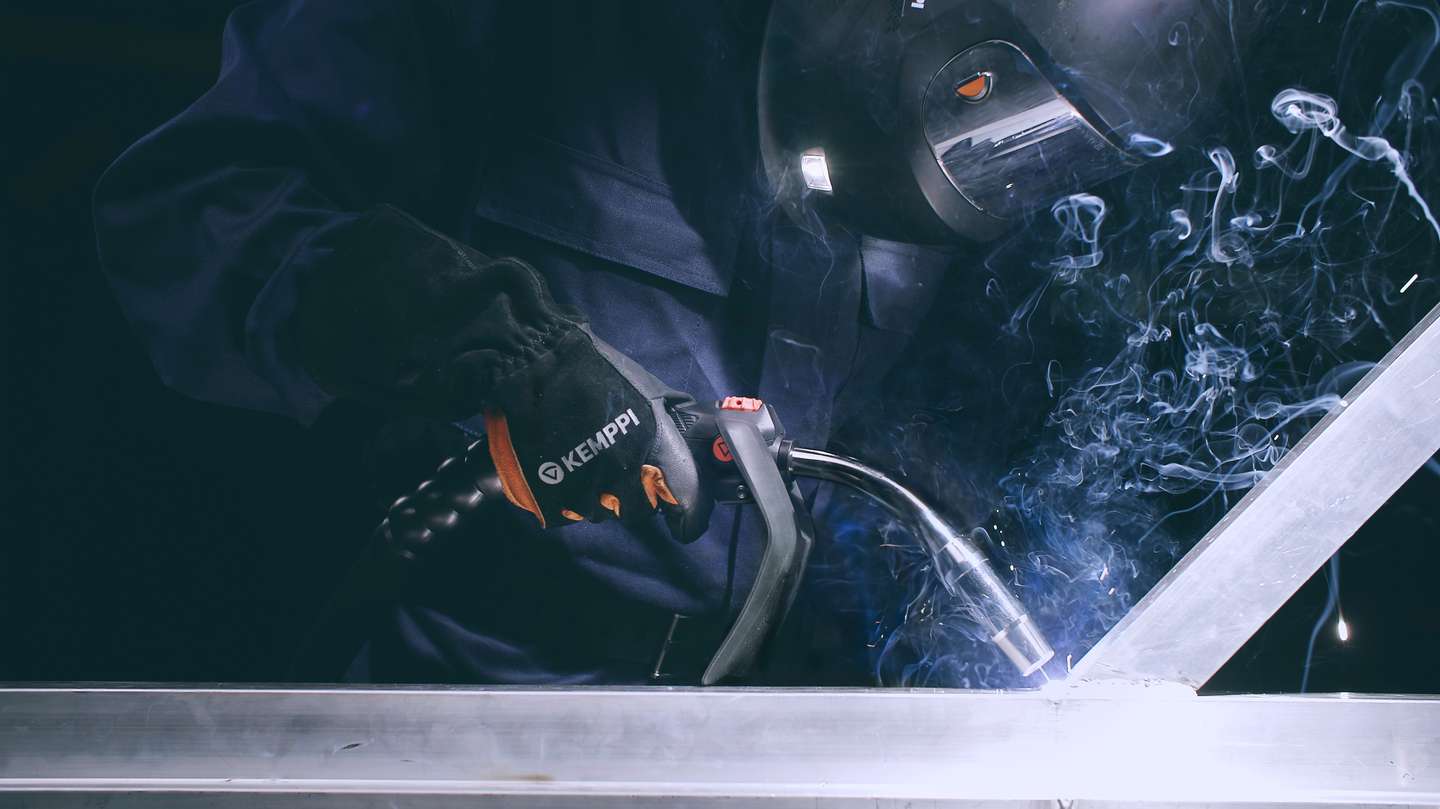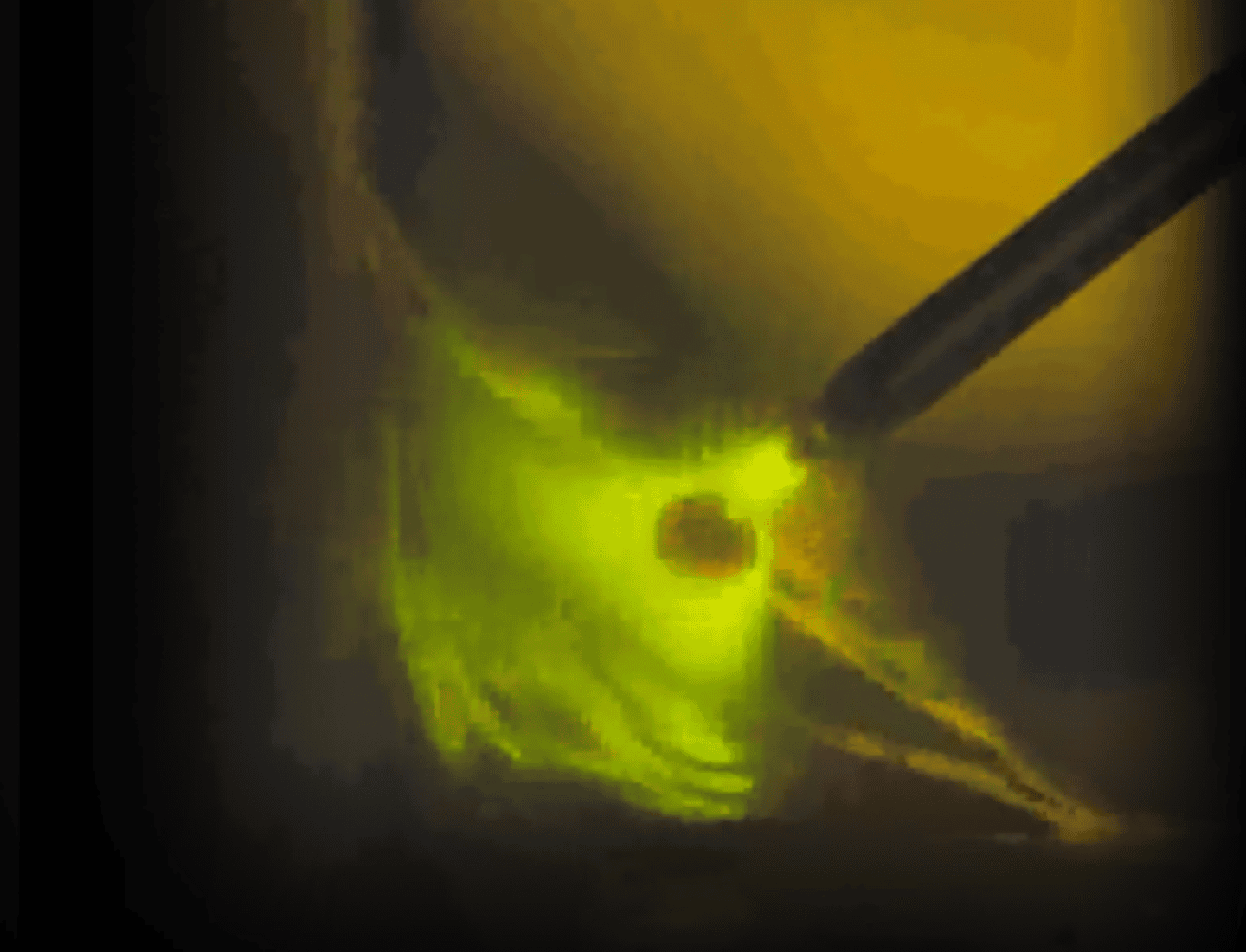
ABC della saldatura
What is pulsed MIG welding, and for what you can use it?
26 febbraio 2024
Pulsed MIG/MAG welding is a significant improvement in welding technology, offering accuracy, productivity, and flexibility that conventional welding methods can hardly compete with. This advanced process has become popular for professionals looking to improve weld quality, especially in demanding applications. Here's a closer look at how pulsed MIG/MAG welding works and the situations where it truly shines.
Susanna Norja
Argomenti:

Susanna Norja
Susanna Norja
Editor-in-chief of the Kemppi blog, content producer, and Social Media Manager at Kemppi until March 2024.
